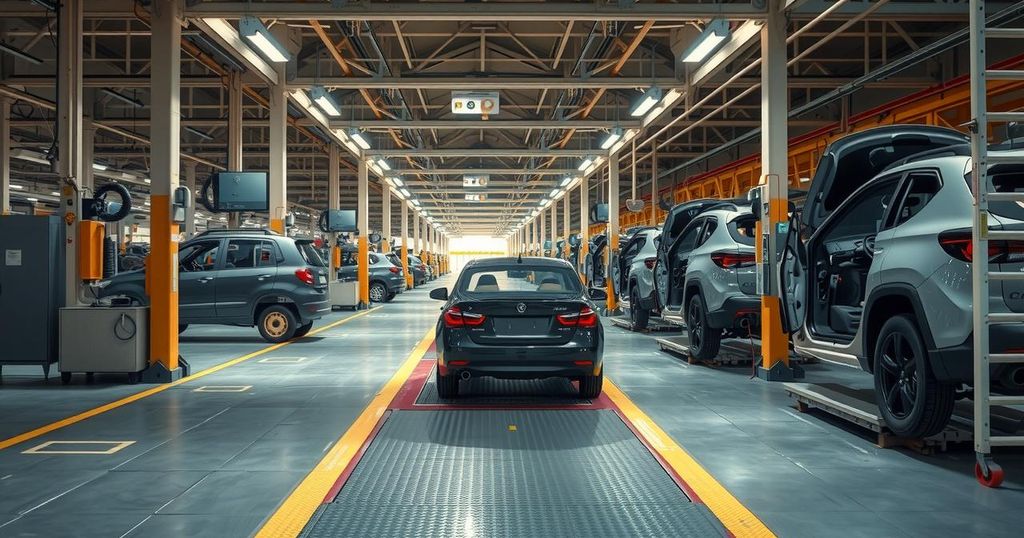South Africa’s Vehicle Exports to U.S. Plunge Over 80% Amid Tariff Clampdown

- South Africa’s vehicle exports to the U.S. dropped over 80% in 2025.
- Tariffs introduced by the Trump administration are a major factor.
- The decline threatens jobs and South Africa’s industrial hubs reliant on exports.
- Naamsa reported a 73% fall in auto exports in Q1 2025.
- Tariffs on South African vehicles began at 25% and rose to 30%.
Vehicle Exports to U.S. Face Major Challenges
South Africa’s automotive industry is currently experiencing a devastating decline in vehicle exports to the United States, which plummeted over 80% in 2025. This staggering decrease has become particularly pronounced since April and May due to the newly implemented import tariffs by the U.S. government, instigated under the administration of President Donald Trump. The situation is dire, threatening thousands of automotive jobs and the industrial hubs that rely heavily on these export activities, particularly as the U.S. had been a key partner under the African Growth and Opportunity Act (AGOA).
Industry Faces Potential Crisis
According to the National Association of Automotive Manufacturers of South Africa (naamsa), the automotive sector’s exports to the U.S. fell by a shocking 73% in the first quarter of 2025 compared to the same period the previous year. The crisis intensified in recent months, with reported declines of 80% in April and 85% in May. As these figures indicate, the decline is not just a statistical anomaly; it reflects a serious economic challenge that could disrupt the entire South African automotive value chain, warns naamsa CEO Mikel Mabasa.
Tariffs and Their Economic Impact
Key to this crisis were the impositions of steep tariffs, with implemented measures including a 25% tariff on South African vehicles as of April, which later expanded to cover auto components. Furthermore, the White House’s recent announcement adds to the burden, introducing a whopping 30% tariff on all vehicle imports from South Africa starting August 1. This comes after South Africa had attempted to negotiate a new trade arrangement with the U.S., with hopes for a duty-free quota of 40,000 vehicles annually, as well as maintaining tariff-free access for auto parts manufactured in South Africa. As a result of these tariffs, major automakers such as Mercedes-Benz may have to rethink investments and operational strategies, squeezing an industry that thrived on AGOA’s previous benefits.
In conclusion, South Africa’s vehicle exports to the United States have faced an alarming decline due to the aggressive tariff policies imposed by the Trump administration. With the automotive sector generating significant export revenue and thousands of jobs hanging in the balance, the consequences of these tariffs extend far beyond immediate trade figures. The ongoing situation illustrates not only economic challenges but also the need for strategic negotiations and adaptations from South Africa’s automotive industry to navigate this tumultuous landscape effectively.




